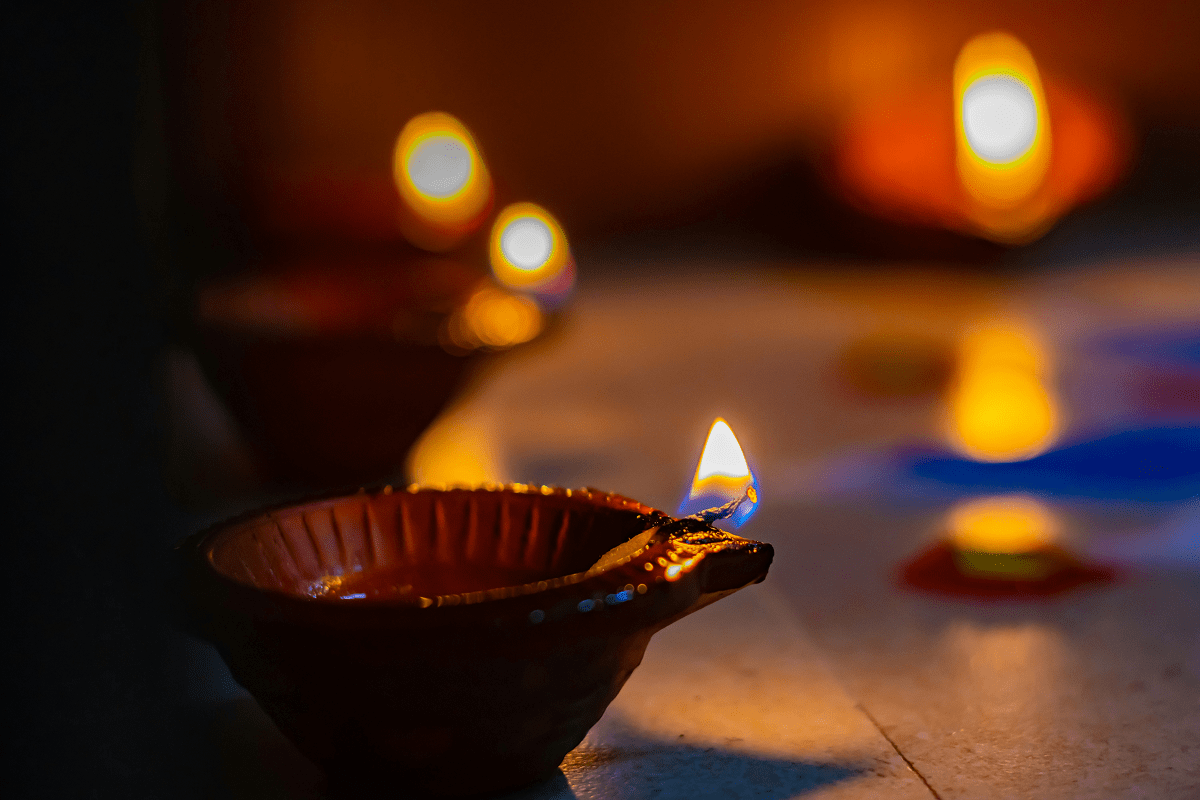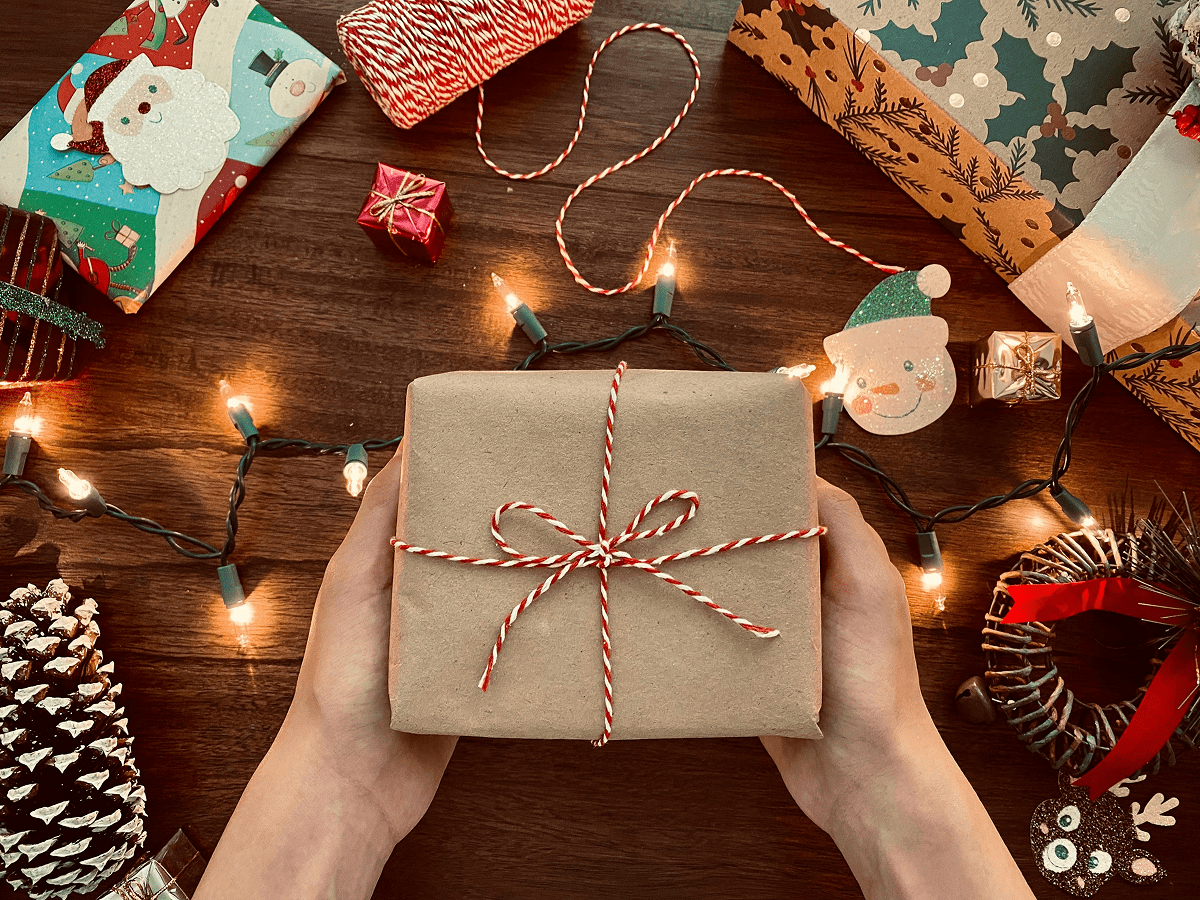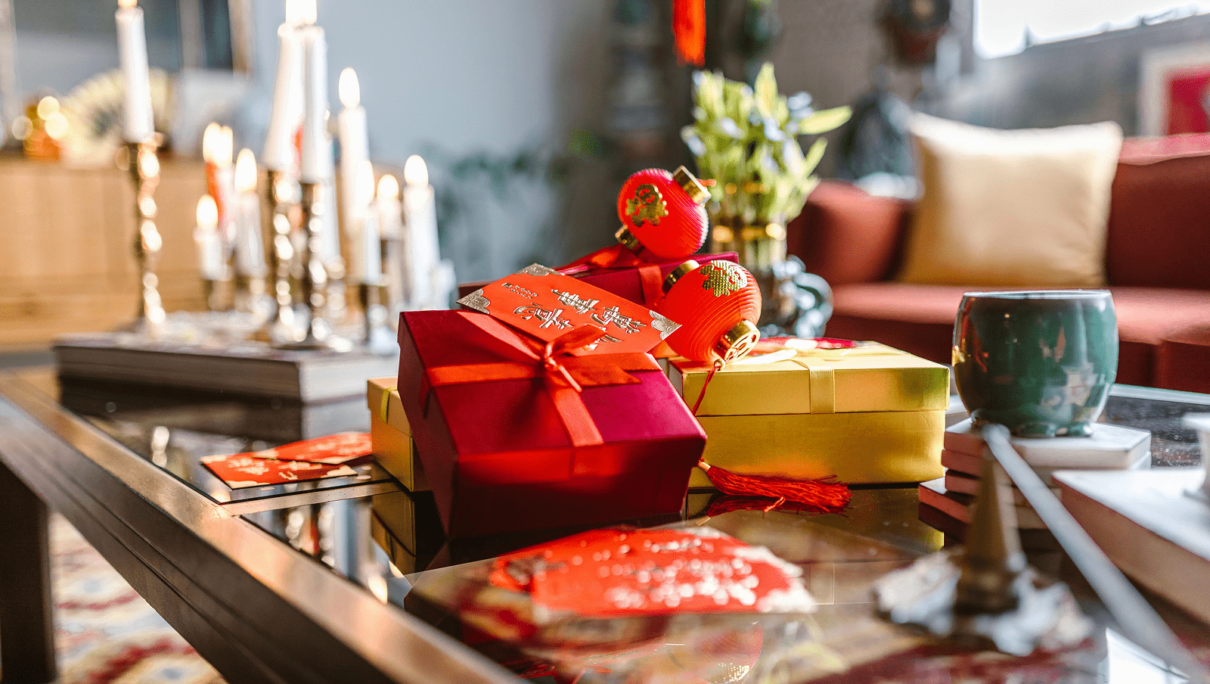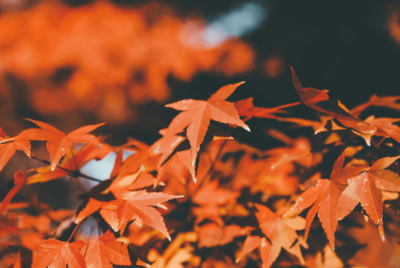Festivals are more than just celebrations—they’re powerful cultural moments that drive community connection, joy, and tradition. For marketers and brands worldwide, these periods are also times of heightened consumer activity.
As we enter the last quarter of the year (Q4) and prepare for the early months of the next quarter (Q1/Q2), the calendar is packed with major festivals, including Diwali, the winter holiday season, and Chinese New Year. Each brings unique opportunities for brands to reach diverse audiences through meaningful festival marketing.
In this blog, we’ll explore why these festivals are such a powerful buying time, how global consumer behaviour shifts during these periods, and strategies brands can use to resonate with multicultural communities across international markets.
What Is Consumer Buying Behaviour?
Consumer buying behaviour refers to the underlying reasons and decision-making processes influencing how, when, and why people purchase products. Cultural values, emotional triggers, economic cycles, and social norms all play a role.
Festivals amplify all these factors—creating urgency, cultural relevance, and emotional connection that drive spending.
How Festival Marketing Drives Global Consumer Spending
Globally, festivals are associated with gift-giving, indulgence, and renewal. For many cultural communities, major festivals are more than symbolic—they’re also moments for shopping, upgrading, and sharing experiences with loved ones. Here’s why these times are so significant:
1. Emotional Connection
Festivals bring families and communities together. They evoke nostalgia and cultural pride, leading
consumers to spend more on items that align with tradition—such as decorations, traditional foods,
and gifts.
2. Tradition of Gifting
Whether it’s exchanging sweets during Diwali, buying toys and gadgets for Christmas, or gifting red envelopes during Chinese New Year, festivals are closely tied to gifting rituals. This fuels spending across various categories, including apparel, electronics, home décor, beauty, and food.
3. Seasonal Promotions and Discounts
Brands recognize these periods as prime opportunities for spending, so promotions, discounts, and exclusive product launches are abundant. Consumers expect deals and actively plan purchases during these times.
4. New Beginnings
Festivals like Diwali and Chinese New Year symbolize renewal—cleaning, decorating, and upgrading homes are common. This translates into increased spending on home goods, appliances, and furniture.

Multicultural Holiday Calendar: Q4 and Q1/Q2
Diwali (October/November)
Diwali, the Festival of Lights, is celebrated by millions across South Asia and in diaspora communities worldwide. Urban India is projected to spend roughly ₹1.85 lakh crore (~USD $22 billion) on gifts, sweets, and décor during the 2024 festive season. Moreover, 34% of urban Indians plan to spend more this Diwali compared to last year, marking the highest “Diwali Spending Index” in four years
Diwali marks a time for lighting diyas (lamps), exchanging sweets, gifting, and making new purchases. Regarding Diwali shopping trends, many families buy gold, clothing, electronics, or home items, as it’s considered an auspicious time.
The Winter Holiday Season (December)
In the U.S., holiday retail sales during Nov–Dec 2024 jumped 4.2% YoY—outpacing forecasts. Digital channels led the way, with online spending rising 9.5% to nearly 29% of total holiday sales. Globally, Adobe data shows consumers spent a record $241.4 billion online during the 2024 holidays—an increase of 8.7% over 2023.
Christmas, Hanukkah, and the broader holiday season dominate Q4 globally. This is the busiest shopping period worldwide, with gift-giving and seasonal indulgence at the forefront. Communities across backgrounds participate, whether they celebrate Christmas religiously or simply enjoy the festive spirit
Chinese New Year (January/February)
The Lunar New Year, celebrated by Chinese, Korean, Vietnamese, and other East Asian communities, marks the beginning of a new cycle. It’s steeped in traditions of gifting red envelopes, cleaning homes, feasting, and celebrating family. Consumers purchase food, clothing (often red), décor, and symbolic items to usher in prosperity.
China’s Lunar New Year delivered significant consumer momentum. Domestic tourism spending hit a record 677 billion yuan (~USD $93 billion), up 7% YoY, alongside 501 million trips taken (a 5.9% increase). Additionally, China’s retail sales rose 4.0% in Jan–Feb 2025, reflecting robust holiday consumer engagement.
Why Festival Marketing Is a Golden Opportunity for Marketers
Festivals are emotional, ritualistic, and multi-generational—creating a perfect blend for marketing:
1. High Intent to Spend
Consumers actively plan purchases during this time, from luxury items to everyday essentials. This creates a natural window for brands to engage.
2. Cultural Pride and Connection
Campaigns that authentically celebrate cultural traditions resonate deeply with audiences. When
brands acknowledge festivals, they’re not just selling—they’re showing respect and inclusion.
3. Multi-Generational Appeal
Festivals are cross-generational experiences. Grandparents, parents, and children all take part—opening opportunities for a wide range of product categories.
4. Expanding Market Size
As migration and diaspora communities grow, festivals like Diwali and Chinese New Year are no longer niche—they’re mainstream opportunities for global marketers.
Consumer Insights: What Diverse Communities Buy During Festivals
Consumer behaviour varies by region and cultural norms, but the themes of tradition, joy, and connection are common:
South Asian Communities (Diwali)
- Sweets & snacks: Mithai, chocolates, and festive hampers
- Apparel & jewelry: Traditional outfits and gold purchases
- Electronics: Phones, TVs, and appliances
- Home décor: Diyas, lights, and festive accessories

Global Holiday Shoppers (Christmas & Hanukkah)
- Gifts: Toys, tech, clothing, and gift cards
- Food & beverages: Holiday meals, wine, and baked goods
- Travel: Visiting family, local getaways, or international trips
East Asian Communities (Chinese New Year)
- Festive foods: Dumplings, noodles, rice cakes, and symbolic dishes
- Red & gold items: Apparel, décor, and accessories
- Luxury & practical gifts: Jewelry, skincare, electronics, and household upgrades
Strategies for Brands: How to Win Global Consumers During Festival Season
Festival seasons present an unmatched opportunity for brands, but success requires more than simply acknowledging the occasion. Today’s consumers expect authenticity, cultural intelligence, and genuine connection.
Brands that invest in understanding traditions, language, and symbolism not only capture attention but also earn long-term trust. Below are key strategies to help marketers build campaigns that resonate deeply with multicultural audiences and turn festive moments into lasting brand loyalty.
1. Culturally Intelligent Campaigns
Generic “Happy Diwali” or “Happy Chinese New Year” posts won’t cut it. Consumers want brands to understand the meaning behind these moments. Campaigns should incorporate symbols, traditions, and language that reflect authenticity and cultural relevance.
Example: Highlighting the role of food and family gatherings during Diwali, rather than just fireworks.
2. Language Matters
For many communities, festivals are celebrated in heritage languages. Multilingual campaigns in Hindi, Punjabi, Mandarin, Arabic, or Spanish can significantly boost resonance and trust.
3. Inclusive Visuals
Representation matters. Use diverse models and imagery that reflect the community you’re speaking to. Showing multicultural families celebrating resonates more deeply than generic stock images.
4. Festival-Specific Offers
Align promotions with traditions—such as Diwali bundles for sweets, or red-and-gold packaging for Chinese New Year. Seasonal limited editions create a sense of urgency and excitement.
5. Partner with Community Influencers
Local and diaspora influencers carry cultural credibility. Partnering with them helps brands build authenticity and connect directly with target audiences.
6. Extend Beyond Sales
Festivals are emotional. Consider supporting community events, sponsoring celebrations, or donating to causes tied to cultural traditions.

Examples of Brands Getting It Right
Some of the world’s most recognized companies are already proving the power of festival marketing. By thoughtfully tailoring products, packaging, and messaging to reflect cultural traditions, they’ve shown that inclusivity isn’t just good PR—it’s good business.
From retailers bringing festive displays into mainstream stores to financial institutions running multilingual campaigns, these brands demonstrate how cultural intelligence translates into stronger engagement and long-term loyalty. Some of them include:
- Retail: Global retailers like Walmart and Carrefour have introduced Diwali-themed products and Lunar New Year displays in diaspora-heavy markets.
- CPG Brands: Chocolate, beverage, and beauty companies often launch special-edition packaging and gift sets tailored for Diwali or Lunar New Year.
- Financial Services: Banks like HSBC and Citi create culturally relevant campaigns in multiple languages around major festivals.
These initiatives show that when brands invest in culturally intelligent strategies, they see strong engagement and loyalty.
The Role of Data and Insights
Understanding festival-driven consumer behaviour requires data. Brands should:
- Track purchase patterns by region and culture,
- Segment audiences by culture, language, and values, and
- Utilize social listening to gain insight into what consumers are most excited about during festivals.
With data-driven insights, marketers can refine targeting, messaging, and creative assets for maximum impact.
Maple Diversity Communication’s Perspective
At Maple Diversity Communications, we specialize in helping brands reach, resonate with, and drive results among multicultural communities worldwide. Festival marketing is a prime opportunity for authentic engagement, but success requires cultural intelligence and strategic execution.
Our team helps brands:
- Craft festival-specific campaigns, like Diwali creative campaigns, including themed visuals, culturally relevant greetings, special promotions, and interactive experiences (such as contests or giveaways) that resonate with the traditions of the festival.
- Develop multilingual content, including social posts, ads, and website updates translated into languages commonly spoken by your audience—such as Hindi, Mandarin, Punjabi, or Arabic—ensuring not just translation but cultural nuance and authenticity.
- Design culturally relevant creative, such as Diwali campaigns featuring traditional symbols (rangoli, diyas, lanterns), festival-specific colour palettes, and storytelling that reflects family, unity, and celebration.
- Build partnerships with community influencers who have strong local followings and cultural credibility to help amplify your brand’s presence during festivals through authentic endorsements, collaborative content, and event participation.
By embracing cultural moments like Diwali, the Holidays, and the Chinese New Year, brands can create lasting connections that go beyond a single shopping season.
Conclusion: Festival Marketing and Global Consumer Trends
Festivals are more than dates on a calendar—they’re powerful consumer touchpoints. In Q4 and Q1, Diwali, the Holiday season, and the Chinese New Year create unparalleled opportunities for brands to connect with diverse communities. Global consumers are primed to spend, traditions guide their purchases, and authentic engagement builds long-term trust.
For marketers, the question isn’t whether to invest in festival marketing—it’s how to do so in a way that’s culturally intelligent and impactful. As the global population becomes increasingly diverse, brands that celebrate festivals authentically will stand out, win loyalty, and thrive in the marketplace
Ready to unlock the power of festival marketing? Maple Diversity Communications can help your brand create campaigns that resonate with global diverse communities. Reach out to us today to learn how we can help you celebrate these moments—and drive results.





